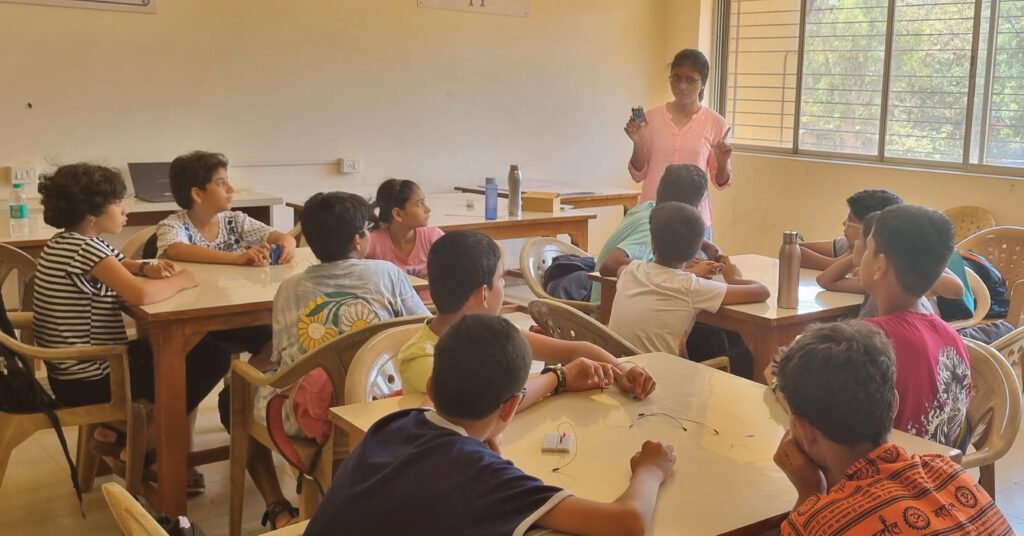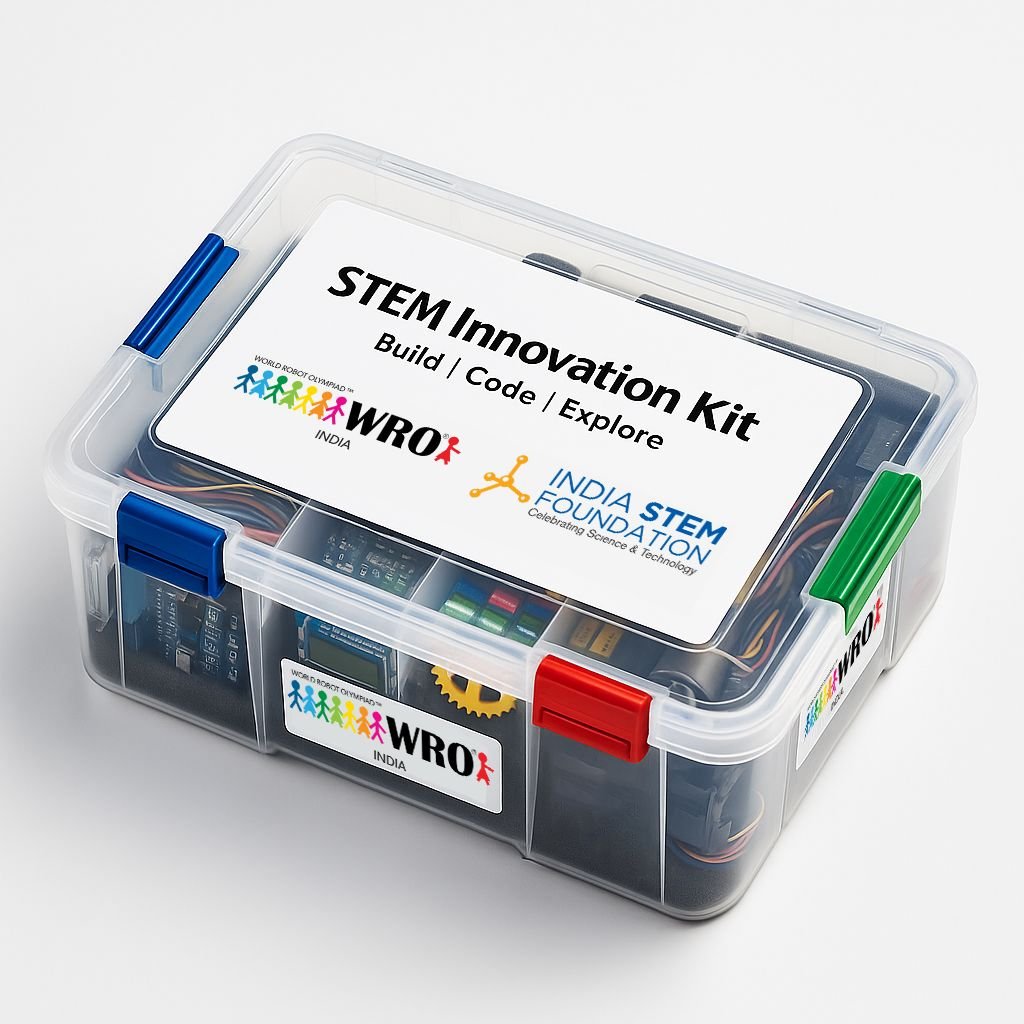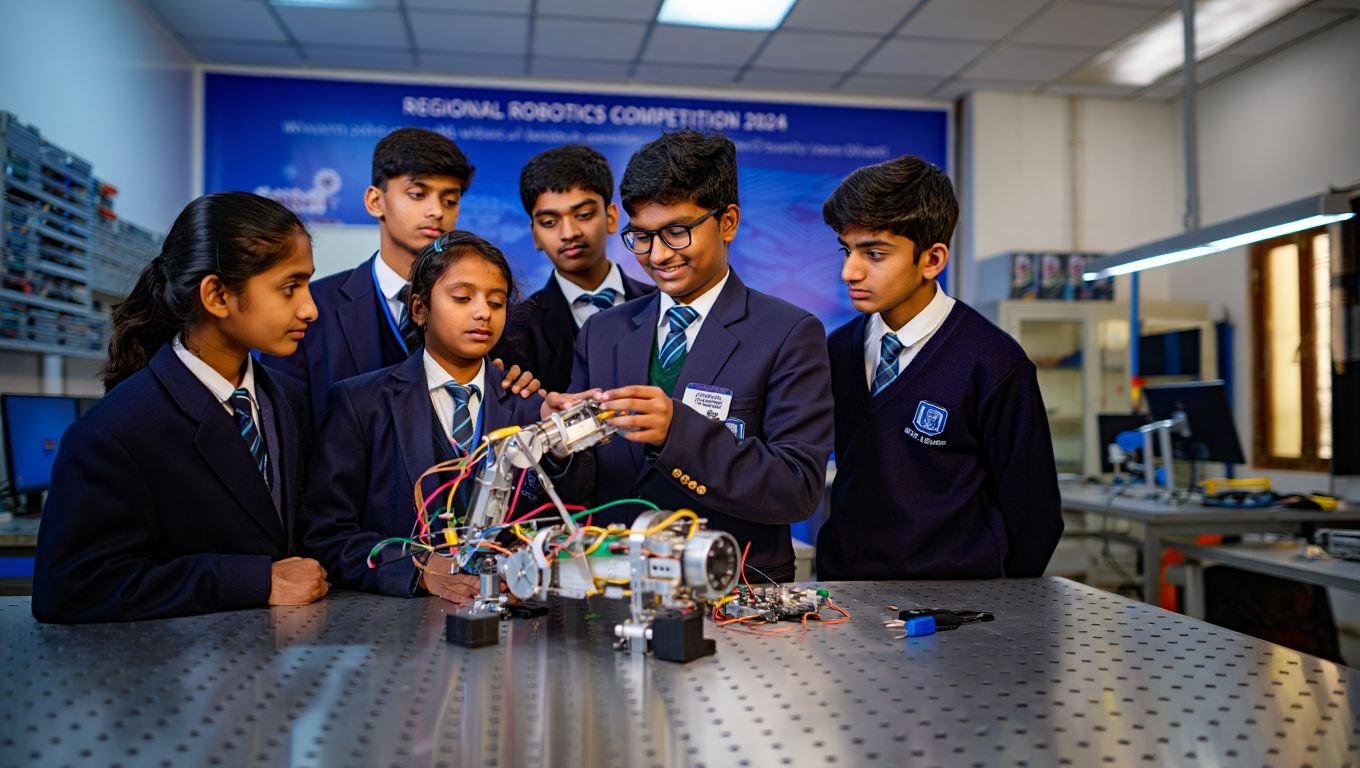The goal of STEM learning is to foster critical thinking, problem-solving skills, and creativity in students by combining subjects such as science, Technology, engineering, and mathematics. It places a strong emphasis on experiential learning via real-world projects and experiments, fostering curiosity and discovery in young children. Through the integration of theoretical knowledge with practical applications, STEM education equips students for professions in a fast-changing technology environment. It fosters abilities like teamwork, critical thinking, and creativity, all of which are necessary for taking on challenging global issues. In addition to providing technical know-how, STEM education fosters a culture of lifelong learning and adaptability in a world where Technology is advancing at an accelerating rate.
Creating a specific area for practical exercises and experiments is the first step in integrating STEM instruction at home. Children are encouraged to investigate scientific ideas through tasks that are appropriate for their age, such as creating circuits or carrying out basic experiments. Learning chances are improved by the use of commonplace materials and internet resources. This method helps kids develop their critical thinking, problem-solving, and inquisitive abilities in a comfortable setting, preparing them for future obstacles and igniting a passion for science and Technology that will last a lifetime.
Creating a STEM Learning Environment at Home
Putting together a STEM-focused learning space at home is a smart way to foster kids’ curiosity and critical thinking abilities. First, set up a specific area for children to participate in practical activities and experiments. This area should be furnished with basic supplies such as scientific kits, building blocks, and instructional materials. Include age-appropriate STEM activities, like making small machines or doing scientific experiments in the kitchen, that promote problem-solving and discovery. Prioritise parental monitoring and safety precautions. Make use of Technology to create instructional apps or virtual laboratories. Parents may encourage a lifetime interest in science, Technology, engineering, and maths from a young age by creating a nurturing and engaging atmosphere.
To encourage kids to learn about science, Technology, engineering, and math, parents may take the following important measures to establish a STEM learning environment at home:
Establish a Dedicated Space: Set aside a certain location in your house where kids may work on projects and experiments without any interruptions.
Collect Basic Supplies: Make sure you have scientific kits, age-appropriate equipment, instructional books, and construction materials (like LEGO or blocks) on hand.
Promote Interactive Activities: Arrange and oversee STEM initiatives, such as building basic machinery, carrying out experiments, or resolving engineering puzzles.
Use Technology Wisely: To enhance hands-on activities and offer deeper insights into STEM subjects, use educational applications, online tutorials, and virtual laboratories.
Integrate STEM into Everyday Activities: Seek for chances to talk about STEM subjects while engaging in routine tasks like budgeting (mathematics), gardening (biology), or cooking (chemistry).
Involve the Whole Family: To promote shared interest and a collaborative learning environment, involve parents and siblings in STEM activities.
Celebrate Success: Give kids credit for their STEM achievements to boost their confidence and curiosity in learning about science.
Parents may spark their children’s interest in STEM by creating a nurturing and engaging atmosphere at home, equipping them with the necessary abilities for future success in school and the workplace.
Integrating Technology in STEM Learning
By giving access to internet resources, instructional applications, and virtual simulations, integrating Technology into STEM study at home enhances the educational experience. Through interactive learning—that is, by doing virtual experiments or investigating scientific simulations—these technologies improve comprehension of difficult subjects. Additionally, Technology enables virtual engagement with mentors and peers, promoting an international viewpoint on STEM subjects. Children who are exposed to Technology are more equipped for future professions in technology-driven sectors, having gained practical abilities in data analysis, programming, and digital literacy. By combining Technology with hands-on activities, parents may provide a variety of learning experiences that encourage young learners’ curiosity and inventiveness.
Encouraging Inquiry and Problem-Solving
Building children’s independence and curiosity is essential to promoting STEM learning at home and developing their inquiry and problem-solving abilities. Encourage children to do practical experiments and projects that will pique their curiosity, explore phenomena, and look for answers. Encourage them to analyze facts, make observations, and form conclusions in order to emphasize critical thinking. Encourage them to solve problems by giving them real-world tasks that call for ingenuity, such as building basic machines or carrying out scientific research. By fostering these abilities, parents enable their kids to solve issues systematically, grow resilient in the face of difficulty, and build a desire for STEM education that will last a lifetime.
Involving the Whole Family
A collaborative learning environment is created at home when the entire family participates in STEM activities. Along with their children, parents may participate in experiments, have conversations about science, and explore technology. In addition to building family ties, this shared experience fosters cross-generational curiosity and problem-solving abilities. Making STEM learning a family activity allows all members to contribute their knowledge and abilities, making the study of science, technology, engineering, and math enjoyable and fulfilling for all.
STEM Learning Beyond the Home
STEM education is not limited to the home; it can be expanded into many settings, enhancing schooling through extracurricular activities, community service, and group projects. Schools are essential because they provide kids with labs, specialized professors, and an organized STEM curriculum that encourages and mentors them as they investigate scientific ideas and technological advancements. Interactive exhibitions, workshops, and contests are offered by community organizations, museums, and scientific centers to enhance classroom instruction with practical experiences. Industry collaborations help students become ready for future employment in STEM subjects by providing them with mentoring opportunities and real-world insights. When combined, these pathways provide a comprehensive approach to STEM education, enabling students to use their knowledge creatively and adjust to the demands of a world that is developing technologically.
In a Nutshell, A smart strategy to foster children’s curiosity and critical thinking abilities is to establish a dedicated STEM learning area at home. Assign a designated space that is furnished with necessary materials and activities that are suitable for the child’s age and promote practical investigation and problem-solving. Use interactive applications and virtual tools to effectively integrate technology into the classroom. Parents may encourage a lifetime interest in science, technology, engineering, and maths by integrating the entire family and rewarding accomplishments. This fosters a collaborative and supportive atmosphere. This all-encompassing strategy gives kids the tools they need to succeed in an increasingly technologically dependent environment by preparing them for possibilities and difficulties in the future.




